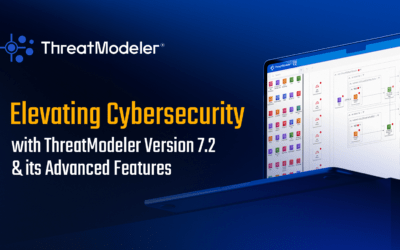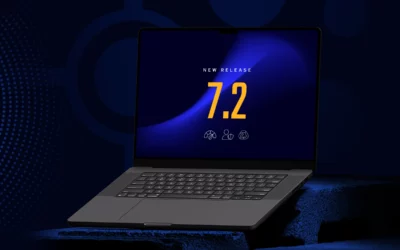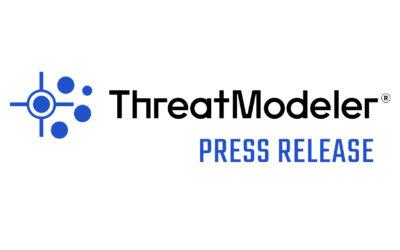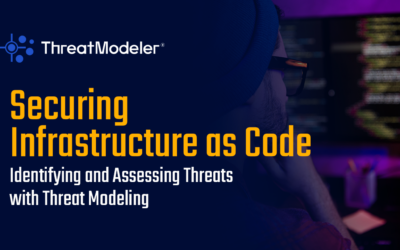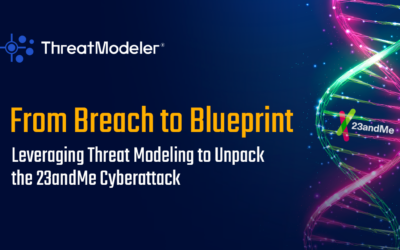Summary In the fast-paced world of cybersecurity, staying ahead of potential threats is not just crucial; it's...
Our Blog
THREATMODELER ANNOUNCES VERSION 7.2
ThreatModeler has released version 7.2, enhancing its cybersecurity tools with several key features. The update...
Unleashing Efficiency: Automating Security for Cost & Time
All organizations experience a constant barrage of cyber attacks—from sophisticated exploits to varied and...
ThreatModeler Raises $60 Million from Invictus Growth Partners
ThreatModeler, the world’s leading threat modeling platform, has secured $60 million in its first institutional...
ThreatModeler Software Inc. Wins 2024 Fortress Cybersecurity Award
Jersey City, NJ – May 30, 2024 – ThreatModeler announced it has been named a winner in the prestigious 2024 Fortress...
ThreatModeler Unveils New Guide: “Cloud Threat Modeling For Dummies, ThreatModeler Special Edition”
ThreatModeler has released a new guide, "Cloud Threat Modeling For Dummies, ThreatModeler Special Edition," designed...
Securing Infrastructure as Code: Identifying and Assessing Threats with Threat Modeling
The attention raised by cloud computing has given birth to DevSecOps, which is a development methodology where...
From Breach to Blueprint: Leveraging Threat Modeling to Unpack the 23andMe Cyberattack
By Nikunj Nagalia, VP of Solutions Architecture Amidst the tumultuous year of 2023, 23andMe found itself ensnared in a...
ThreatModeler Winner of the Coveted Global InfoSec Awards 2024
ThreatModeler Software, Inc. Wins Trailblazing Threat Modeling IN 12th Annual Global InfoSec Awards at #RSAC 2024 SAN...
Secure Supply Chain 2024: Threat Modeling Vendor Risks
Secure Your Supply Chain in 2024: Identifying Third-Party Vendor Risks With Threat Modeling In this blog post, we will...
Harnessing AI and Automation for Continuous Threat Modeling
In the ever-evolving landscape of cybersecurity, staying ahead of threats is not just a goal but a necessity. With the...
ThreatModeler partners with NYU to launch Threat Modeling Program
We are excited to announce the launch of our ThreatModeler Certified Practitioner Program - Introduction to Threat...

